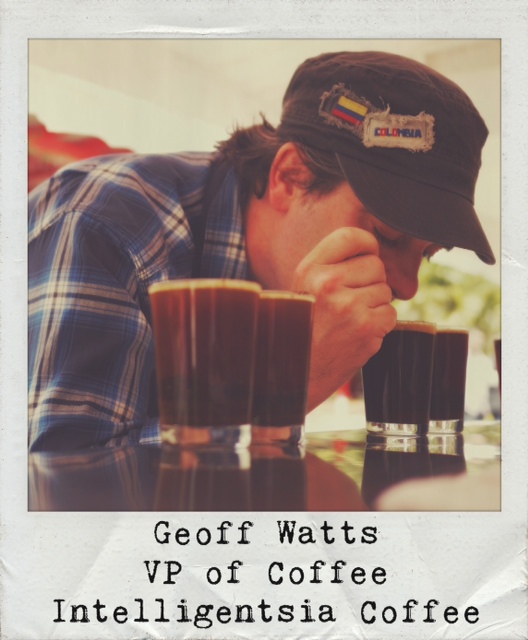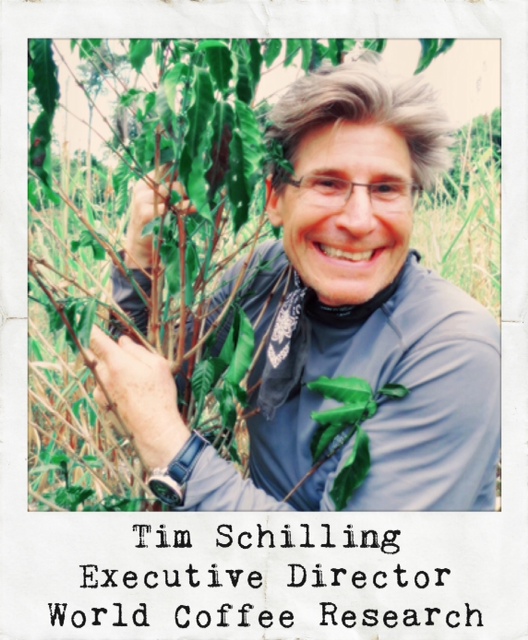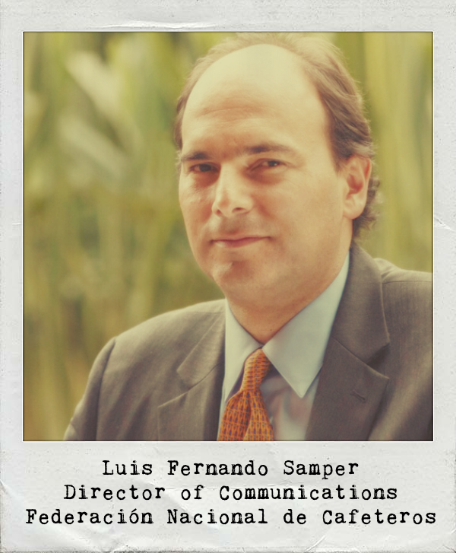I have been writing here about the Colombia Sensory Trial for more than a year. With presentations of the findings coming up at Re:co Symposium in Sweden and the Nordic Roaster Forum in Denmark, there will certainly be more to say in the coming months.
For now, however, I will let this topic rest, leaving the final word to four people who participated in the process and offer valuable insights from different perspectives, including specialty coffee (Geoff Watts of Intelligentsia), research (Mark Lundy of CIAT and Tim Schilling of World Coffee Research) and policy (Luis Fernando Samper of the Federación Nacional de Cafeteros).
Click on the images below for the conversation transcripts that matter most to you.
.
SPECIALTY COFFEE
Geoff reflects here on the implications of the Trial for his work as a coffee buyer. He was relieved to learn that Castillo “doesn’t completely suck” and thinks the design of the Trial represents a first step toward a powerful template for sensory research.
.
RESEARCH
Mark discusses the research design, key findings and implications for policymakers and the market here in a conversation bursting with insight. He reads the data to suggest that for growers in Nariño choosing between Castillo and Caturra, what they plant may be less important than where they grow it and how they manage it.
.
Tim talks here on the use of the new coffee sensory lexicon as part of the Colombia Sensory Trial and its potential to deliver actionable insights to growers and buyers moving forward.
.
POLICY
Luis Fernando Samper shares some thoughts here about Castillo’s acceptance on the farm and in the market. The Federación Nacional de Cafeteros sees the results of the Trial as a validation of its support for Castillo and the work of the breeders at Cenicafé who developed it.






